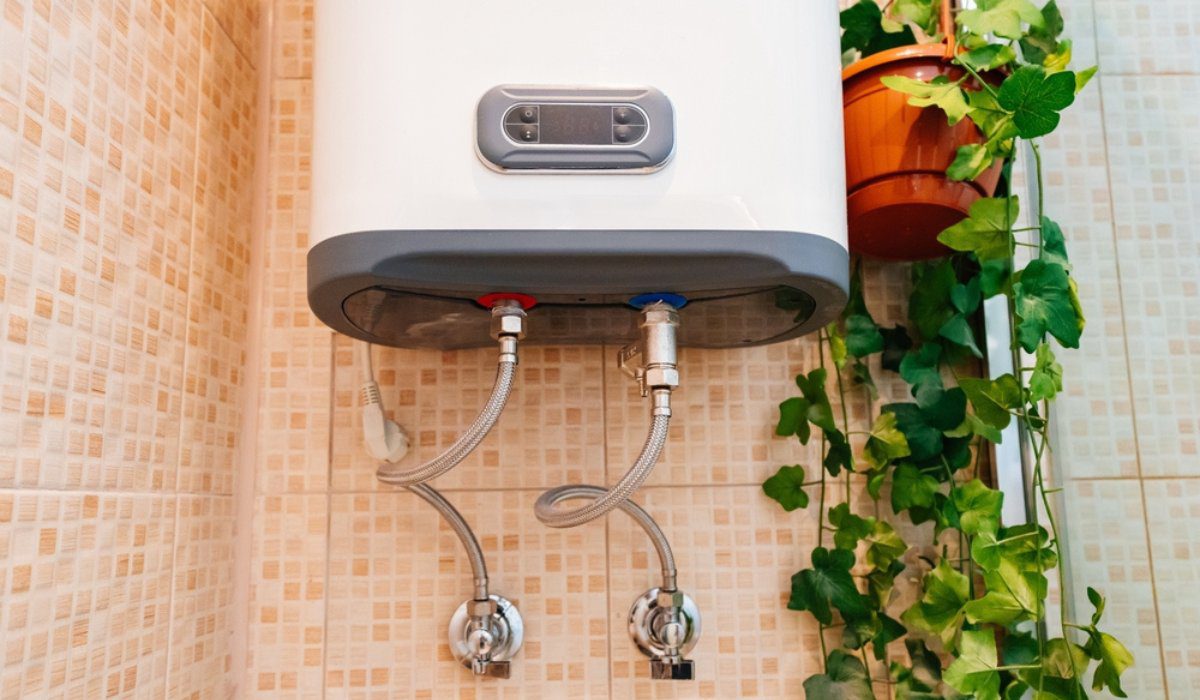Effective Methods to Care for Your Home's Hot Water System Effectively
Effective Methods to Care for Your Home's Hot Water System Effectively
Blog Article
Were you interested in critical information around Water Heater Maintenance Tips You Can't Afford to Forget?

Warm water is necessary for everyday comfort, whether it's for a rejuvenating shower or washing recipes. To ensure your hot water system runs successfully and lasts much longer, regular maintenance is crucial. This short article provides sensible ideas and insights on just how to preserve your home's hot water system to stay clear of interruptions and costly fixings.
Intro
Maintaining your home's warm water system may seem daunting, yet with a few straightforward steps, you can ensure it runs efficiently for many years ahead. This guide covers every little thing from comprehending your warm water system to DIY maintenance ideas and knowing when to call expert aid.
Value of Keeping Your Hot Water System
Normal maintenance not only expands the life-span of your hot water system but additionally ensures it operates effectively. Overlooking upkeep can lead to decreased effectiveness, greater energy costs, and even early failure of the system.
Indications Your Warm Water System Needs Upkeep
Knowing when your warm water system requires focus can stop significant problems. Keep an eye out for signs such as inconsistent water temperature level, strange noises from the heating system, or rustic water.
Understanding Your Hot Water System
Prior to diving into maintenance jobs, it's valuable to recognize the basic elements of your warm water system. Commonly, this includes the water heater itself, pipes, anode rods, and temperature controls.
Monthly Maintenance Tasks
Normal regular monthly checks can help catch small problems prior to they escalate.
Flushing the Water Heater
Purging your water heater eliminates debris accumulation, enhancing effectiveness and lengthening its life.
Monitoring and Changing Anode Rods
Anode poles prevent deterioration inside the container. Evaluating and replacing them when worn out is vital.
Evaluating and Adjusting Temperature Settings
Adjusting the temperature setups guarantees optimal performance and safety.
Do It Yourself Tips for Upkeep
You can do numerous upkeep tasks yourself to keep your hot water system in leading condition.
Checking for Leaks
On a regular basis check pipelines and links for leakages, as these can lead to water damages and higher costs.
Testing Stress Alleviation Valves
Evaluating the pressure relief valve guarantees it works appropriately and protects against excessive pressure buildup.
Shielding Pipelines
Shielding warm water pipes minimizes heat loss and can save power.
When to Call a Professional
While do it yourself upkeep is advantageous, some issues call for expert competence.
Complex Concerns Requiring Professional Assistance
Examples consist of major leakages, electrical troubles, or if your water heater is continually underperforming.
Regular Professional Maintenance Perks
Professional upkeep can include comprehensive examinations, tune-ups, and making sure compliance with safety and security requirements.
Conclusion
Normal maintenance of your home's hot water system is crucial for performance, durability, and expense savings. By following these pointers and knowing when to seek specialist aid, you can make sure a trustworthy supply of warm water without unanticipated disturbances.
How to Maintain an Instant Hot Water Heater
Before tinkering with your hot water heater, make sure that it’s not powered on. You also have to turn off the main circuit breaker and shut off the main gas line to prevent accidents. Also turn off the water valves connected to your unit to prevent water from flowing into and out of the appliance. 2. When you’re done, you have to detach the purge valves’ caps. These look like the letter “T†and are situated on either side of the water valves. Doing so will release any pressure that has accumulated inside the valves while at the same time avoid hot water from shooting out and burning your skin. 3. When the purge valves’ caps are removed, you have to connect your hosing lines to the valves. Your unit should have come with three hoses but if it didn’t, you can purchase these things from any hardware or home repair shops. You can also get them from retail stores that sell water heating systems. Read the user’s manual and follow it to complete this task properly. When the hosing lines are connected, open the purge port’s valves. 4. You should never use harsh chemical cleaners or solutions when cleaning your unit. Make use of white vinegar instead. It should be undiluted and you’ll probably use about 2 gallons. 5. Now flush your water heater. This task should probably take about 40 minutes. We can’t give you specific directions for this because the procedure is carried out depending on the type, model and brand of your heater. With that being said, refer to the user’s manual. 6. When you’re done draining the unit, you have to turn off the purge port valves again. Remove the hosing lines that you earlier installed on each of the water valves. Put the valve caps (purge port) back in their respective places and be very careful so as not to damage the rubber discs that are found inside these caps. 7. Now that everything’s back in place, check your user’s manual again to find out how to reactivate your water heating system. 8. Once it is working, turn one of your hot water faucets on just to let air pass through the heater’s water supply pipes. Leave the tap on until water flows smoothly out of it. https://www.orrplumbing.com/blog/2014/september/how-to-maintain-an-instant-hot-water-heater/

I have been very fascinated by How to Maintain Your Water Heater & Prolong its Life and I am hoping you appreciated the entire blog posting. For those who enjoyed our article please don't forget to pass it around. Many thanks for your time invested reading it.
Explore Report this page